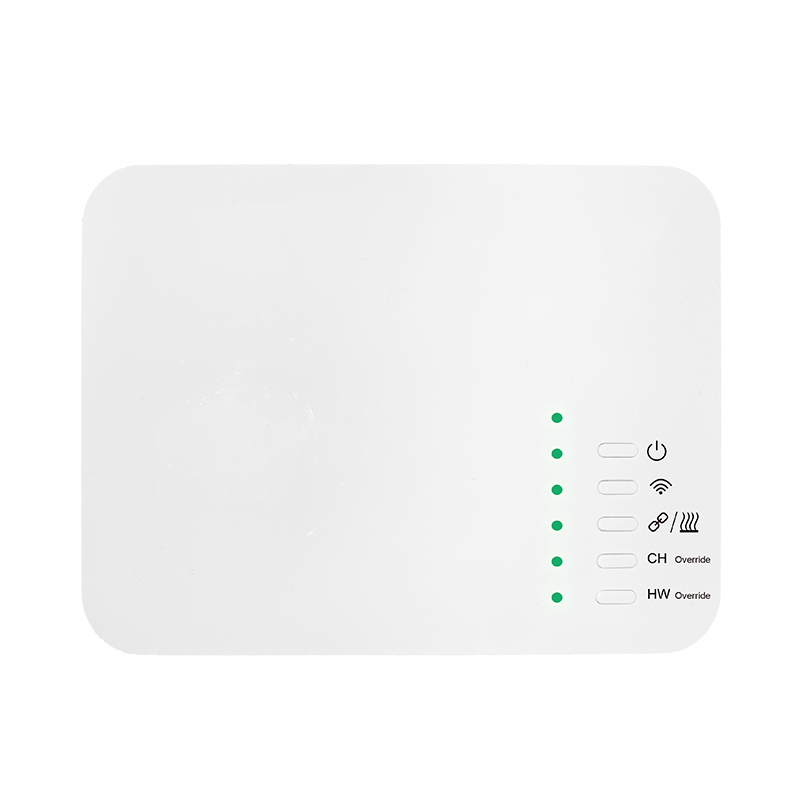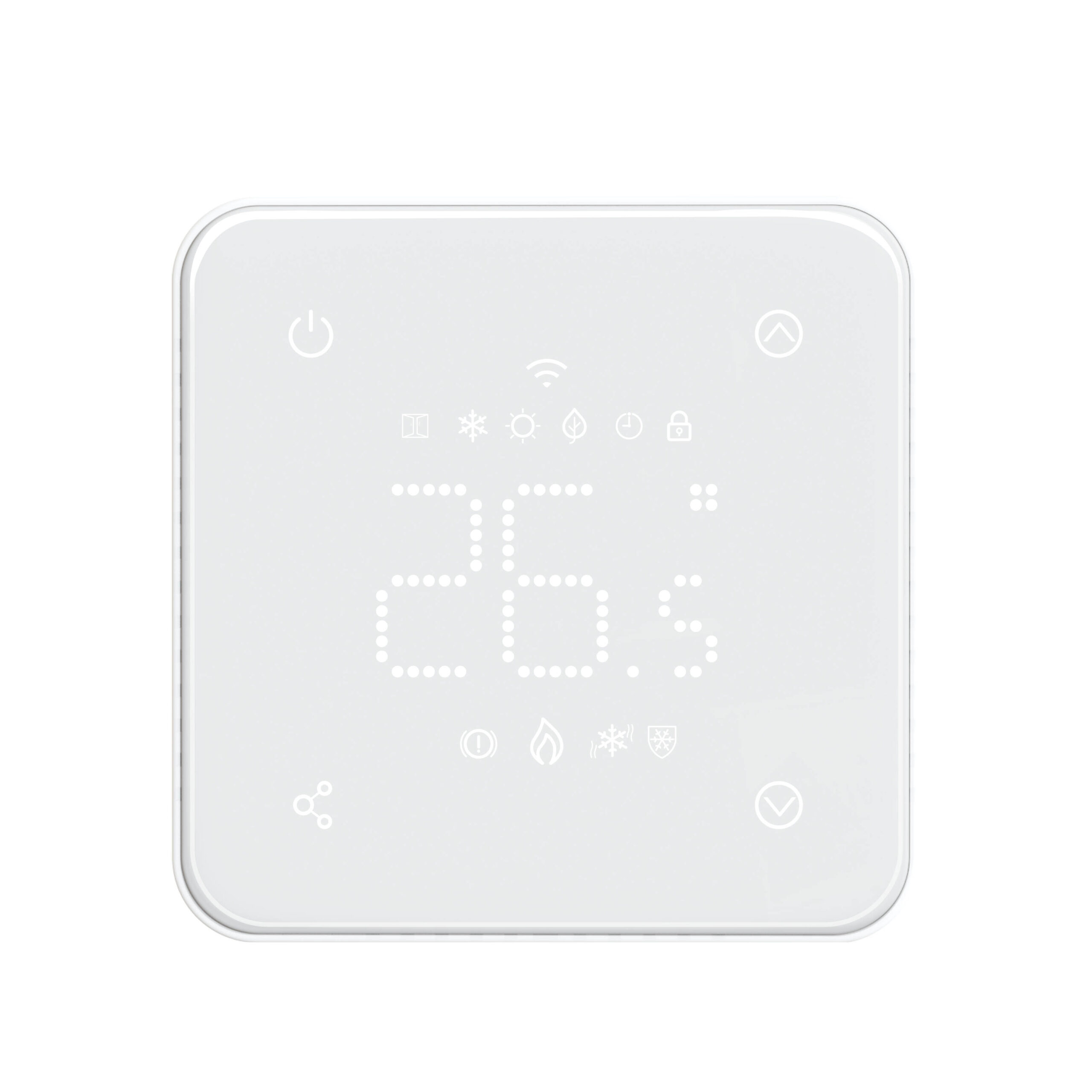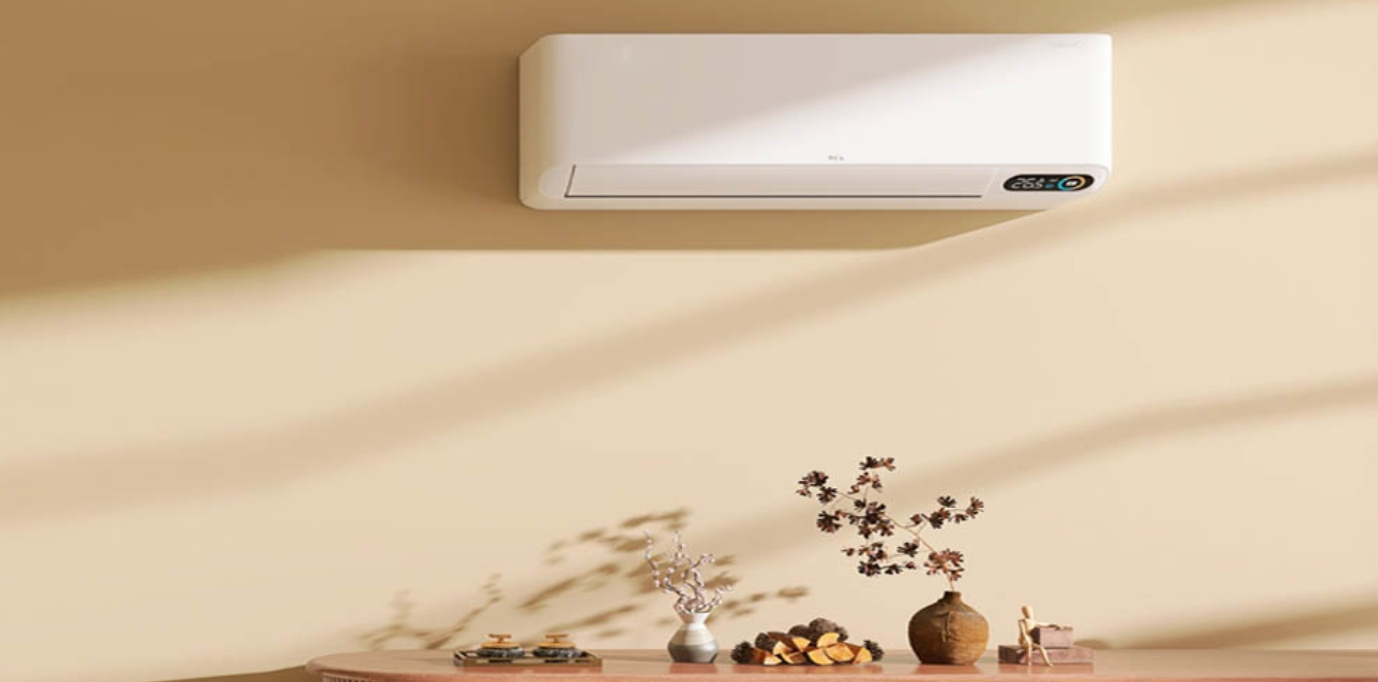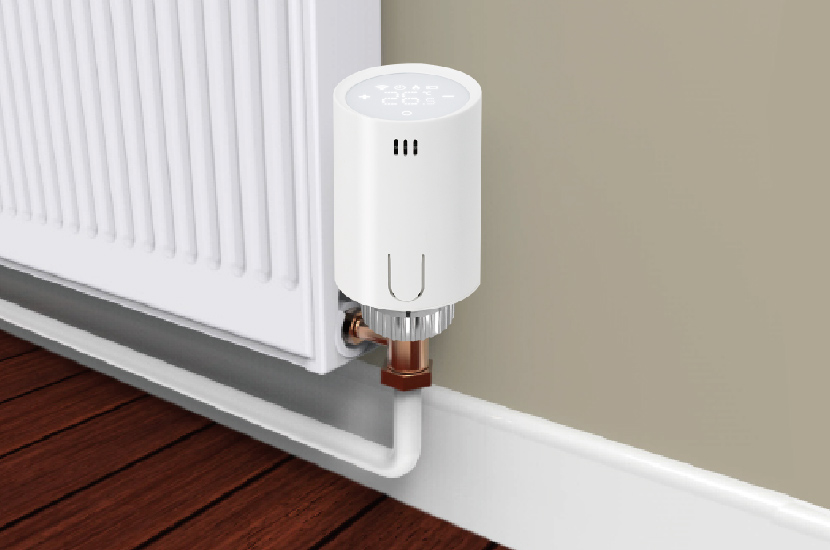How to replace wires without damaging the wall when renovating an old house?
Featured articles
In the renovation of an old house, old wires pose a safety hazard. The traditional wall-chiseling and wire-changing method is costly and time-consuming. In fact, if certain conditions are met, wires can be replaced without damaging the wall. The following is a detailed explanation for you.
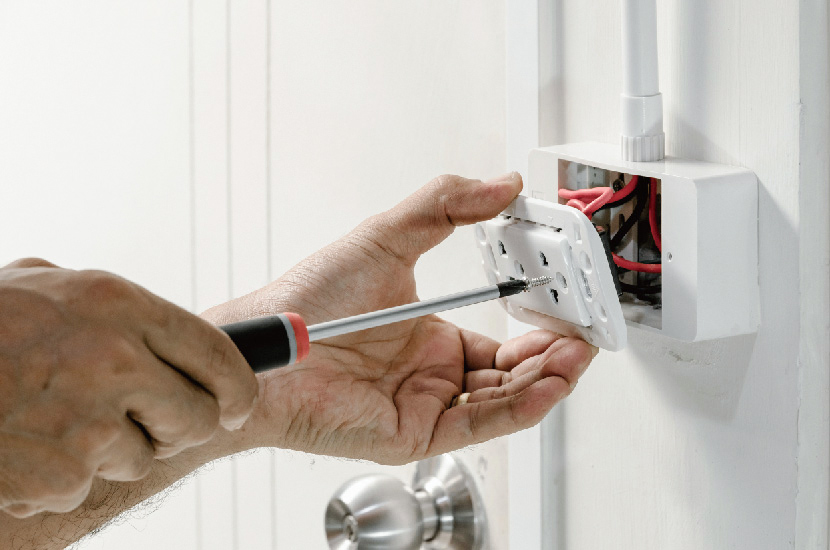
Determine whether it is suitable for non-destructive wire replacement
If the wires in the old house are laid through pipes, and the wires in the wire pipes are not seriously entangled or knotted, and the wire pipes are not aged or damaged, then the conditions for non-destructive wire replacement are met. You can judge by observing the switch and socket bottom box, checking the reserved slack part of the wires and the direction of the wire pipes. If the wires are messy and the wire pipes are damaged, forced operation may cause the wires to break, and local wall breaking may be required.
Prepare necessary tools and materials
Tools: Wire threader is used to replace old and new wires; needle-nosed pliers are convenient for clamping and bending wires; wire strippers are used for precise wire stripping; multimeters are used to detect wire continuity.
Materials: Choose 1.5 square millimeter copper core wire for lighting circuit, 2.5 square millimeter copper core wire for socket circuit, and 4 square millimeter copper core wire for high-power electrical circuit; prepare enough insulating tape to wrap the joint.
Specific operation steps
Power-off operation: Turn off the main power supply, use a test pen to confirm that there is no electricity, and ensure safe operation.
Remove the old wire: Disassemble the switch and socket panel, unscrew the screws, take out the wire connector, loosen the terminal fixation, and remember the position of the live, neutral, and ground wires. Pull out part of the old wire and tie it with a wire threader.
Pull and replace the wire: Slowly pull the threader from the other end to drive the old wire. If there is resistance, shake the threader or apply talcum powder. When the old wire is pulled out, tie the new wire to the old wire firmly (about 10-15 cm), and continue to pull to introduce the new wire.
Wiring and testing: Connect the new wire in the original position, ensure that the connection is firm and the wiring is correct, and wrap the joint with insulating tape. After the power supply is restored, use a multimeter to test the continuity and open the appliance to check the circuit.
common problems and solutions
If the wire cannot be pulled, it may be due to the blockage or entanglement of the wire tube. You can pull the threader in the opposite direction. If it does not work, you need to break the wall to clean it. When the old and new wires fall off, double-tie and reinforce them again. When the circuit is not connected, check the terminal and wire damage, and use a multimeter to detect and repair them section by section.
Through the above methods, you can complete the replacement of the old house wires without damaging the wall, which is both beautiful and eliminates safety hazards.
